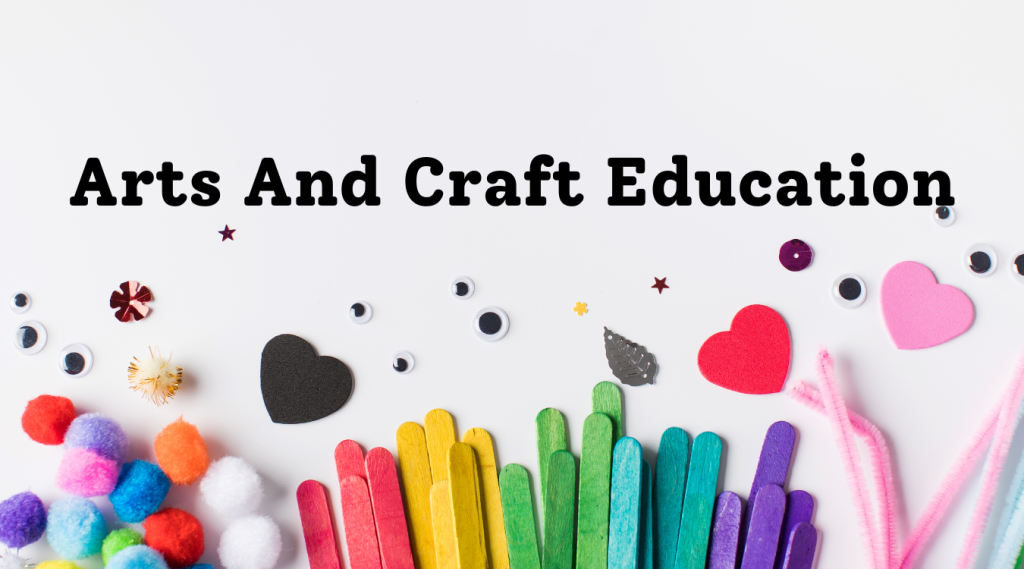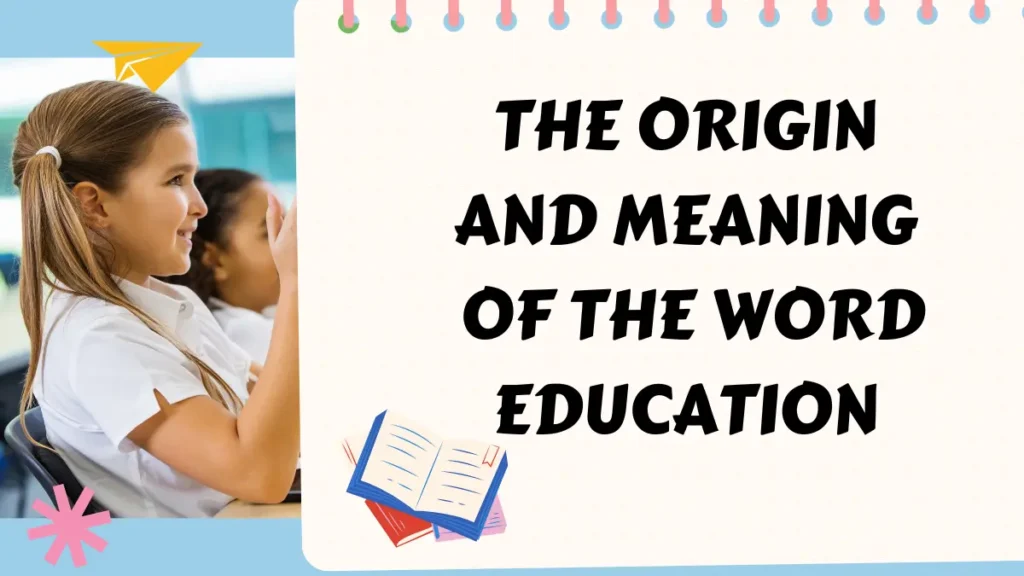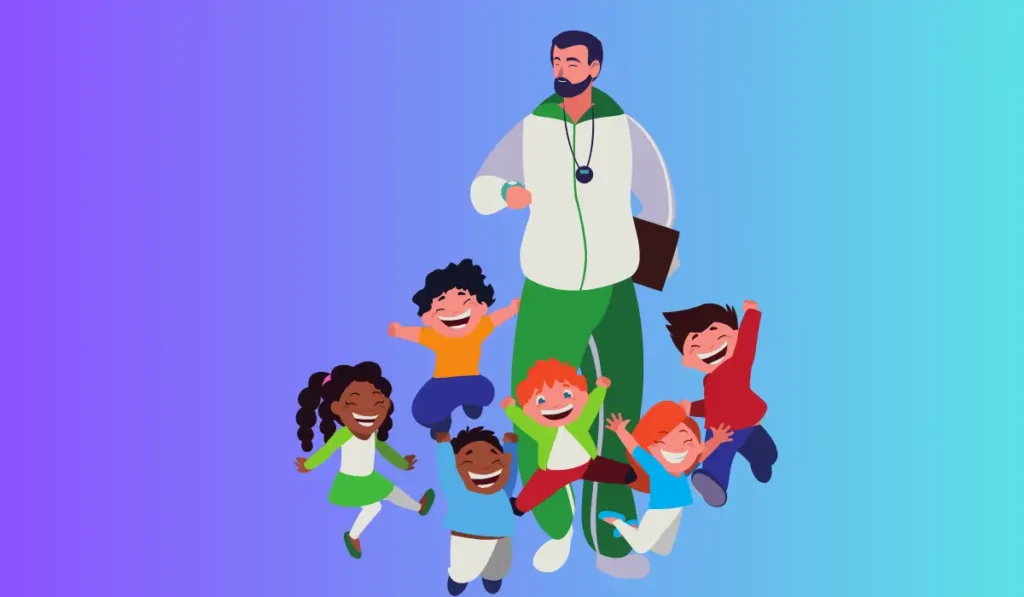Arts and crafts education teaches practical skills for creative expression. This education helps individuals explore artistic expression and develop their artistic abilities through various art forms such as painting, sculpting, pottery, and more.
The benefits of art education are far-reaching and go beyond artistic expression. Studies have shown that art education positively affects academic performance, cognitive development, and social skills.
Art education is not limited to schools and colleges, and anyone can take part in it. From learning basic drawing techniques to creating complex sculptures, arts education caters to all proficiency levels.
The Benefits of Unlocking Creativity
Arts and crafts education is a vital part of child development that is often overlooked. It’s not only an entertaining activity, but it has numerous personal and professional benefits as well. The whole process of creating something unique from scratch requires imagination and creativity.
It proves to be useful in unlocking one’s creativity. We will explore more about the benefits of unlocking creativity, overcoming barriers to unlocking creativity, and how art and craft education can help to promote creativity.
How Art and Craft Education Can Help to Promote Creativity
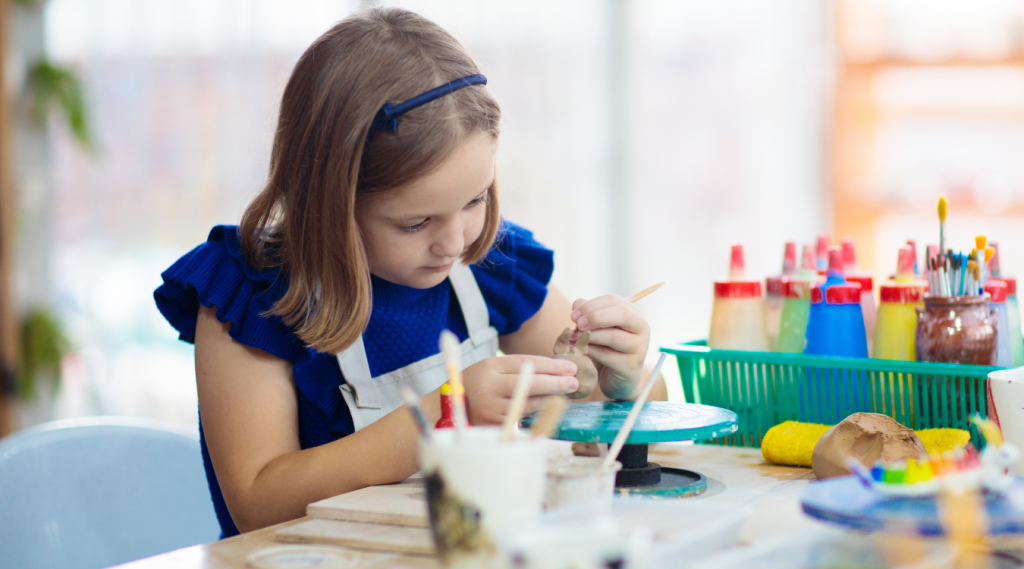
Art and craft education can have a vital role in promoting creativity. Students can use their creativity to create a logo or design an entire brand identity. It enhances the ability to think outside the box and try new things. Here are some of how art and craft education can help to promote creativity:
- Enables self-expression and exploration
- Encourages problem-solving and critical thinking
- Develops fine motor skills
- Increases visual-spatial intelligence
- Develops attention to detail
Unlocking creativity can have numerous benefits, both personal and professional. By overcoming the barriers and taking part in arts and crafts education, one can unlock their true creative potential. It’s time to tap into your creativity and discover your full potential. A simple step to improve your designs is using an SVG converter to change your images into the right format for digital use.
The Role of Arts and Crafts Education in Developing Creativity
Art and craft education is an effective means of promoting creativity in children and adults alike. There is a strong connection between art and craft and the development of creativity. Artistic expression allows individuals to explore their innermost thoughts and feelings and uniquely communicate these.
The Processes Involved in Creating Arts and Crafts Pieces
The creative process involves a series of steps that begin with the generation of an idea and ultimately lead to the completion of a finished product.
The first step is brainstorming, where different ideas are considered and evaluated. Next, decisions are made about the materials to be used and the arrangement of the different elements.
Once the creation process begins, an artist or craftsperson must use their technical skills to bring the piece to fruition.
Some of the key steps involved in creating art and craft pieces through this process include:
- Brainstorming and ideation
- Visualization
- Selection of the materials
- Execution of the actual craft piece or artwork
Frequently Asked Questions
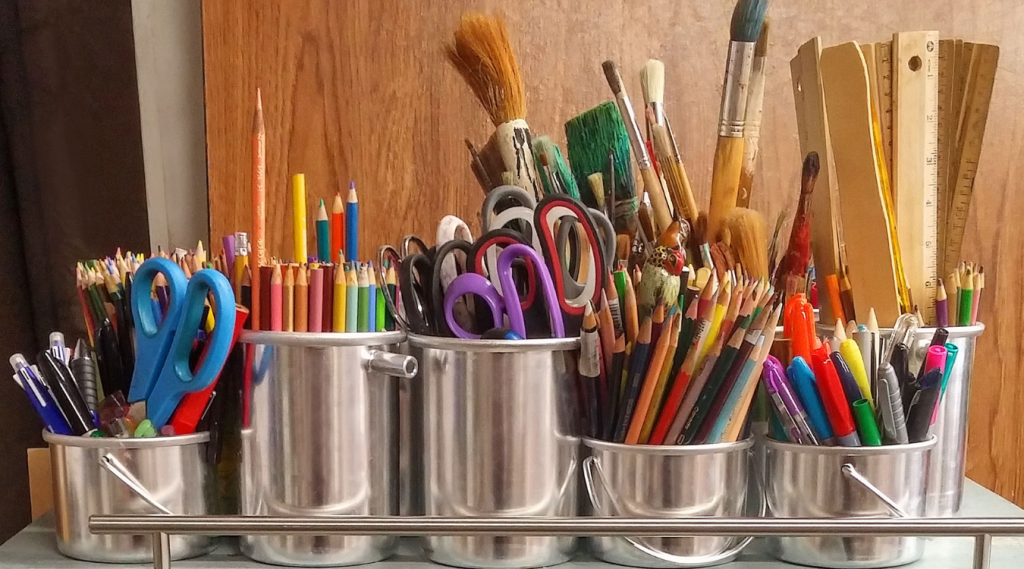
What Are the Benefits of Arts and Craft Education?
Arts and crafts education fosters creativity, boosts self-esteem, improves dexterity, teaches perseverance, and enhances problem-solving skills.
How Does Art Education Contribute to Child Development?
Art education stimulates brain activity, improves cognitive function, enhances language development, cultivates empathy, fosters cultural awareness, and promotes fine motor skills.
What Kind of Career Can One Pursue in Arts and Crafts?
Art education can open up opportunities in the fields of graphic design, advertising, fashion design, interior design, art direction, illustration, and animation.
Conclusion
The benefits of arts and crafts education for children and adults are undeniable. It is not just a means of creating aesthetically pleasing products, but it also enhances cognitive development, improves problem-solving skills, and enables individuals to express themselves creatively. It encourages a sense of accomplishment and self-confidence and also serves as a stress-relieving activity.
More importantly, arts and crafts provide a platform for individuals to learn the values of patience, perseverance, and focus. The integration of technology has also opened new avenues for creativity, allowing individuals to explore new forms of art and craft.
Also Read:
- How to Choose a Study Programme That Aligns With Your Career Goals?
- How to Start a Profitable Small Batch Maple Syrup Business
- Email Management 101: Skills Every Student Should Master Before Graduating
- Top 5 MDM Solutions for Schools in 2025
- How Influencers Can Maximize Engagement with Video Captions on Social Media
